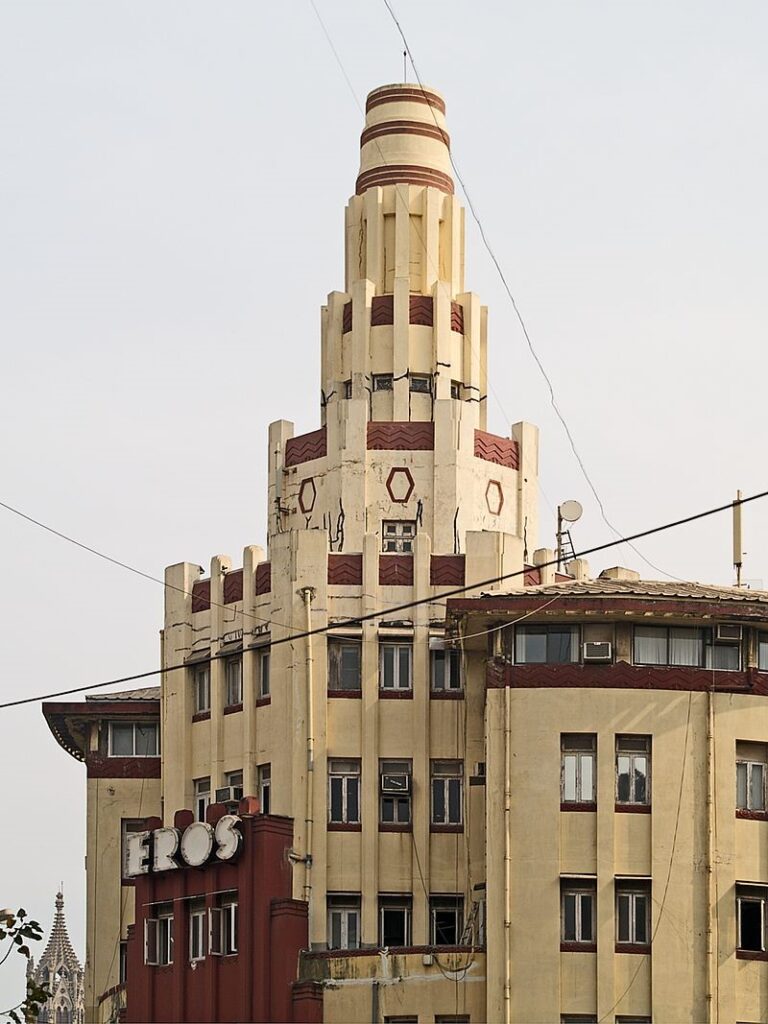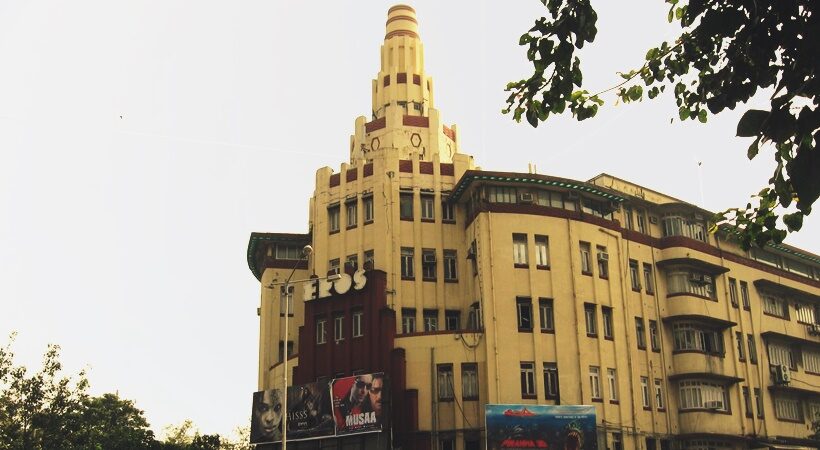Mumbai is the economic hub of India, a city of stars and opportunities. Constantly glamourized in Bollywood movies, the culture of the city has become a celebrated phenomenon around the country. But more than the Chhatrapati Shivaji Terminal, a UNESCO world heritage site, it is the Art Deco ensemble that symbolizes the cosmopolitan soul of the city. Art Deco or art decoratifs was a term
New India Assurance Building (1936)

That had its origins in the 1960s as a way to describe a visual style of architecture, design and fashion. Emerging in 1920s France, the streamlined forms of style and geometric motifs were inspired by new technologies — ocean liners, airplanes, automobiles, movies — and by everything from Cubism to Egyptian imagery. The city also has the world’s second-largest collection of Art Deco buildings after Miami.
With a collection of more than 375 buildings located around the city but centered around Marine Drive and Oval Maidan, Mumbai is a city of living heritage. Unlike Delhi, whose architecture is symbolized by monuments and public buildings, the Art Deco buildings in the financial capital happen to be schools, theaters and apartments which are still inhabited.
Eros Cinema (1938)

Recognized as a UNESCO world heritage site in 2018, Art Deco in Mumbai is not about a singular building but an ensemble of buildings that represent the fabric of modern Bombay. Following the economic boom in the 1930 and ’40s, thousands of Indians moved to the city, creating a new professional class, one which was modern in its outlook. Fuelled by cultural, economic and technological changes in the era, the architects of modern Bombay broke away from the Victorian Gothic styles, a symbol of resistance to the British dominance. Adapting the international trend of Art Deco style to the local environment, these architects designed apartments, schools, theaters and whole suburbs for the new elite.
Soona Mahal (1937)

An important aspect of the style was its cosmopolitanism. Instead of creating gated communities and ragged skylines, the style had a focus on creating neighborhoods on the principles of openness and urban coherence, while creating appropriate public spaces for the city. These suburbs and apartments were taken up by the emerging class of professionals, who did not mind living and working with those different from them. Some of the prominent themes of this style were ziggurats and zigzags, architectural lettering, eyebrows and tropical imagery such as stylized forms of waves, sunburst rays or tropical fauna.



















